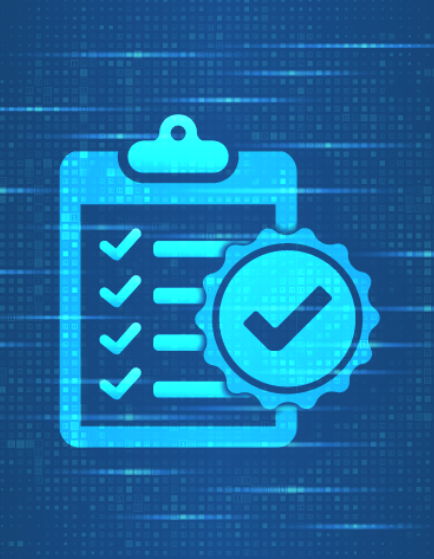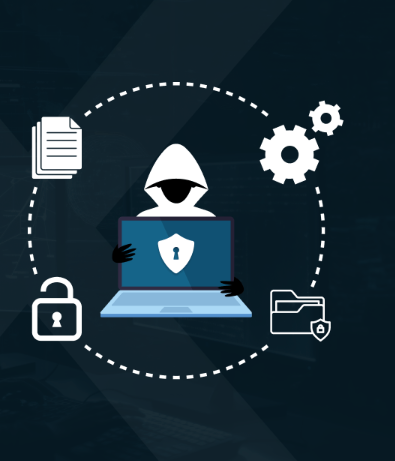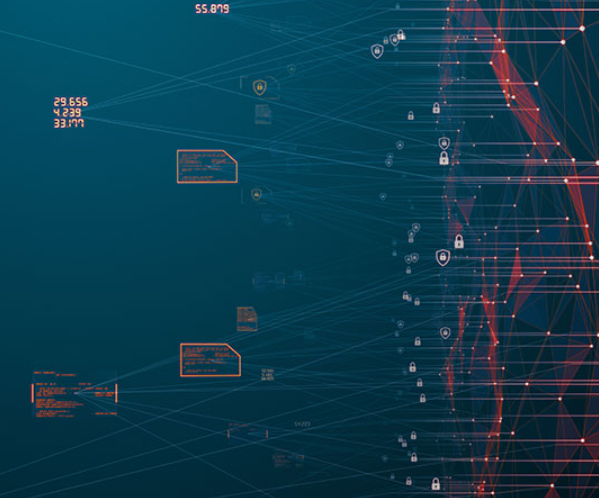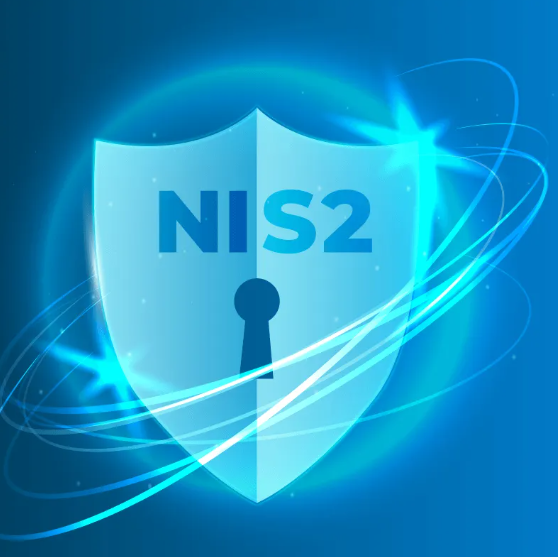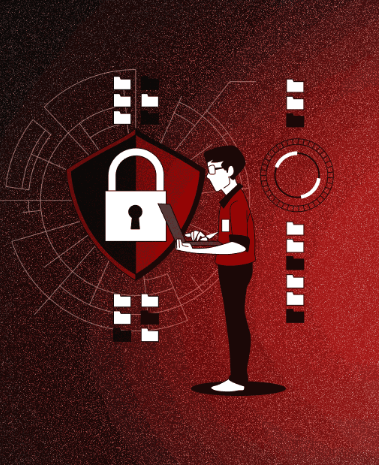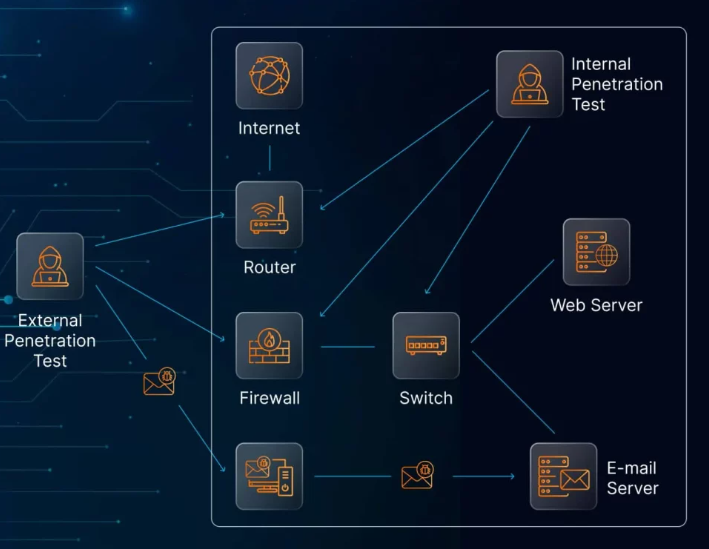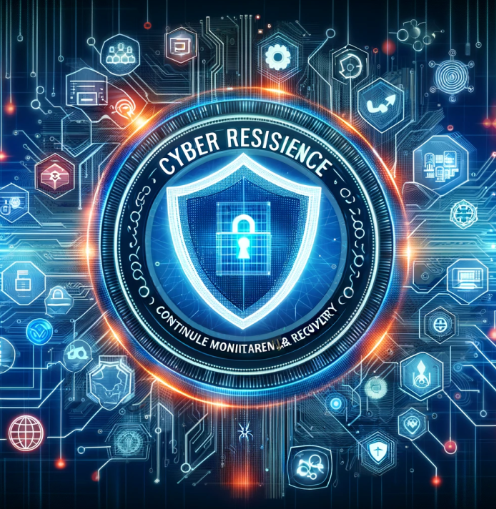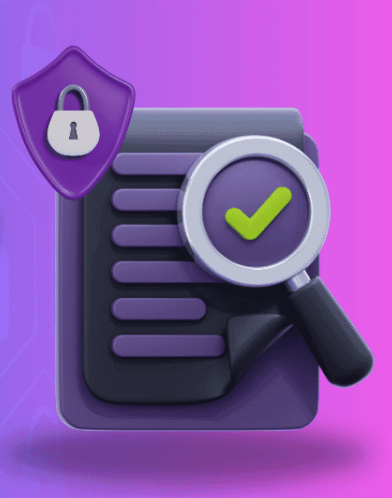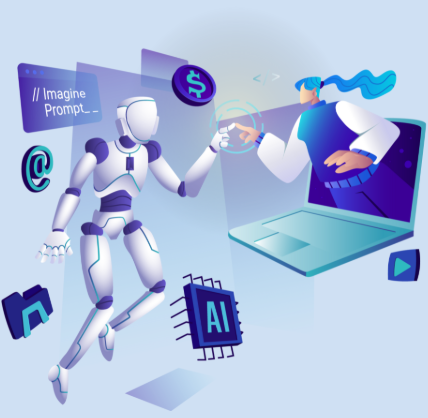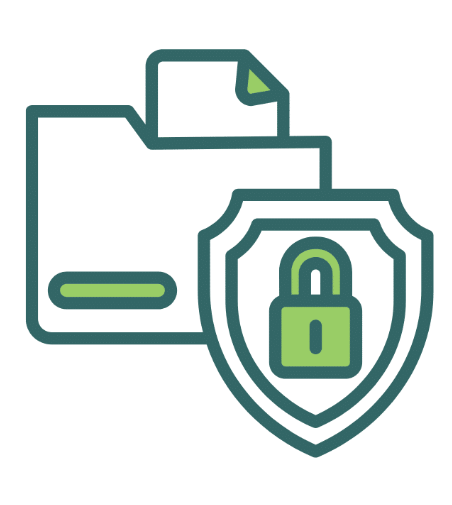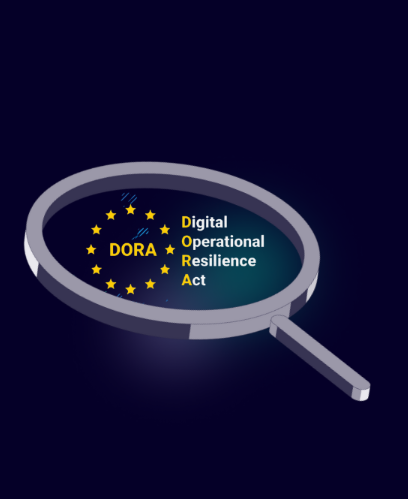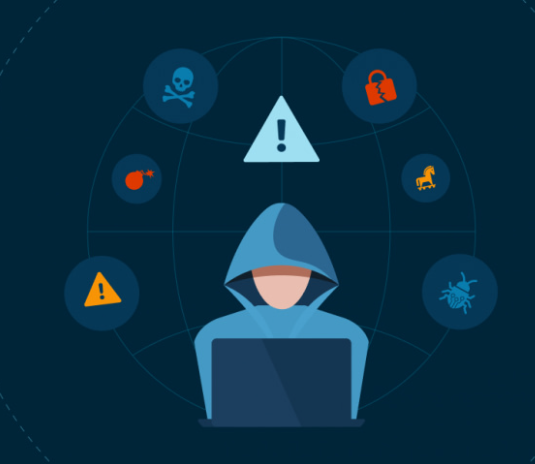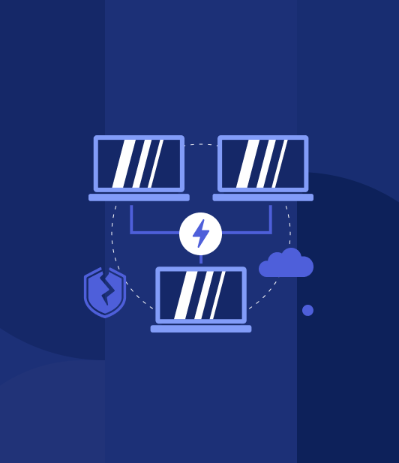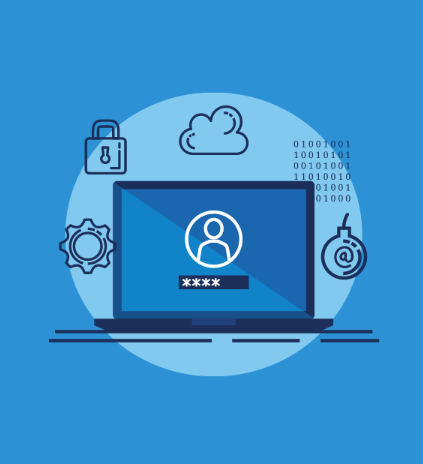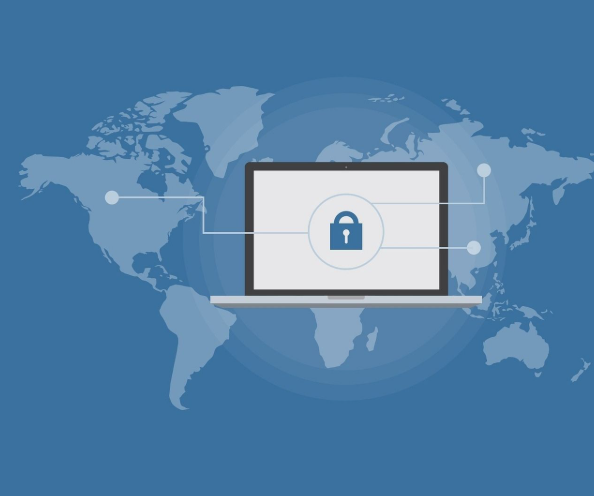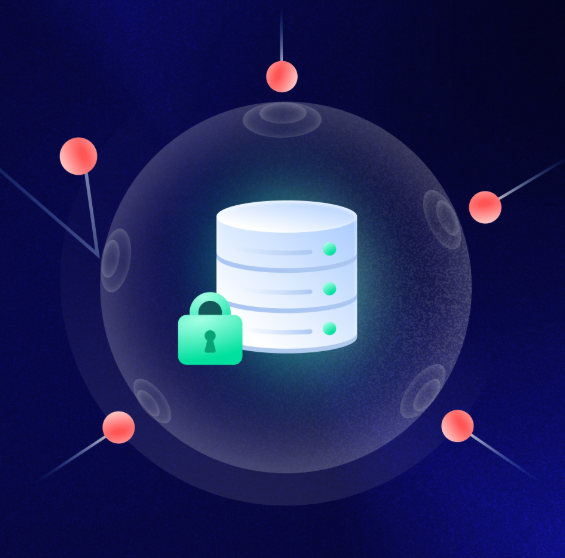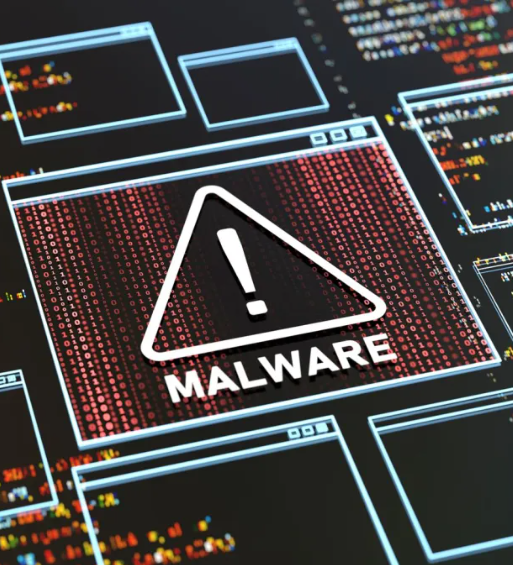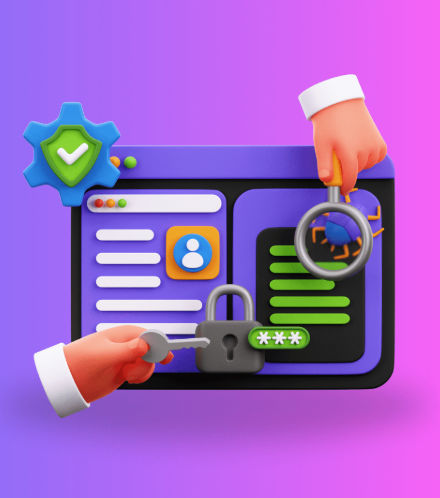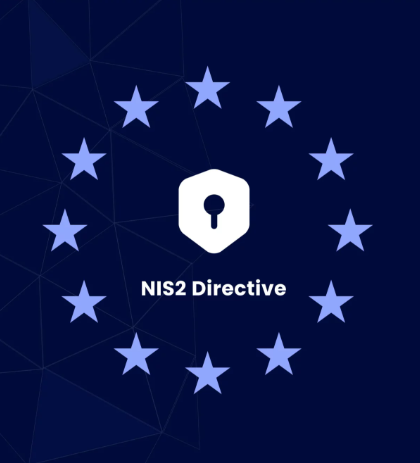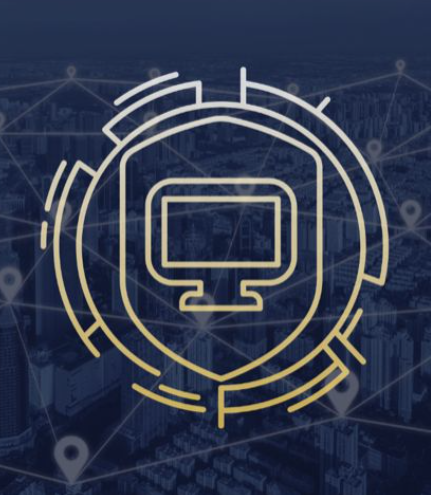
As we move further into the digital age, cybersecurity has become a critical concern for businesses of all sizes. With technology evolving at a rapid pace, cybercriminals are finding new ways to exploit vulnerabilities, making it more difficult for organizations to safeguard their assets. In this environment, it’s essential for businesses to be proactive in securing their systems and data. However, key challenges remain—such as the shortage of cybersecurity professionals and the increasing complexity of cyber threats.
Let’s explore some of the most significant challenges facing organizations today and discuss actionable solutions to help navigate these obstacles.
The Shortage of Cybersecurity Professionals
The demand for skilled cybersecurity professionals is growing exponentially, but there simply aren’t enough experts to meet this need. A recent study revealed a global shortfall of approximately 4 million cybersecurity workers. This gap in talent presents a serious challenge, as organizations struggle to build strong, effective security teams capable of defending against evolving threats.
Without the proper expertise, it’s difficult for businesses to implement robust cybersecurity strategies, leaving them vulnerable to attacks like malware, ransomware, phishing, and more. These incidents can cause severe damage, including financial losses, data breaches, and long-term harm to a company’s reputation.
Solutions
One effective approach is to invest in the development of existing employees. Ongoing training programs can help upskill current staff, ensuring they stay ahead of emerging threats. Organizations with limited resources may also consider outsourcing cybersecurity tasks to third-party experts, enabling them to access specialized skills while focusing on core business functions.
The Impact of Rapid Digitalization
As businesses adopt digital technologies like the Internet of Things (IoT), cloud services, and remote work, their digital footprint expands. This growth increases the potential for cyberattacks, as new systems and devices create more entry points for cybercriminals. Gartner predicts that by 2025, nearly half of all organizations will experience attacks targeting their software supply chains.
Solutions
A zero-trust security model is essential to address this growing risk, along with regular system updates and enhanced endpoint security for remote employees. Outsourcing cybersecurity functions, such as Managed Extended Detection and Response (XDR) and Virtual Chief Information Security Officer (CISO) services, can provide comprehensive protection without the overhead of in-house teams.
Data Privacy and Compliance Concerns
Navigating the complex landscape of data privacy regulations is another major challenge. With laws constantly evolving and varying across jurisdictions, staying compliant requires continuous attention. Non-compliance can result in hefty fines, legal consequences, and a loss of customer trust.
Solutions
To stay compliant, businesses should work closely with legal and compliance experts. Regular audits and penetration testing can help ensure that security protocols meet the latest regulatory requirements. Additionally, leveraging external cybersecurity providers to manage compliance can ease the burden and reduce risk.
The Need for Employee Training and Awareness
Despite the technological advancements in cybersecurity, human error remains a significant risk factor. Employees who lack the training to identify and respond to cyber threats can inadvertently cause data breaches or fall victim to phishing attacks. This vulnerability makes it crucial to create a culture of cybersecurity awareness within the organization.
Solutions
Regular, role-specific training is key. Simulated phishing exercises can help employees understand what to look for in suspicious messages. Ensuring that all employees use strong passwords, enable two-factor authentication, and follow proper security protocols will further protect the organization from threats.
Emerging Technologies and Their Risks
The introduction of artificial intelligence (AI) and machine learning has revolutionized many industries, but these technologies also present new cybersecurity challenges. IoT devices and AI-driven cyberattacks create vulnerabilities that are difficult to predict and protect against.
Solutions
Investing in research and development to keep up with technological advancements is essential. Organizations should also implement advanced monitoring systems to detect AI-driven threats in real-time. Collaborating with industry experts can help businesses anticipate and prepare for these evolving risks.
Third-Party and Supply Chain Risks
Many businesses rely on third-party vendors, which introduces the risk of supply chain attacks. If a vendor’s system is compromised, attackers can gain access to sensitive data or introduce malware into the organization’s network.
Solutions
It’s crucial to perform thorough cybersecurity assessments of all third-party vendors and ensure they meet your security standards. Regular audits, strong contracts, and restricting third-party access to only necessary systems can help mitigate these risks.
Budget Constraints in Cybersecurity
Financial limitations often prevent organizations from investing in the latest security tools or hiring additional cybersecurity staff. This lack of resources can leave organizations vulnerable to cyberattacks.
Solutions
To maximize their security budget, businesses should prioritize spending on the most critical areas. Open-source tools can provide cost-effective protection, and outsourcing certain cybersecurity functions can deliver high-quality solutions at a lower cost than maintaining an in-house team.
The Ever-Changing Nature of Cyber Threats
Cyber threats are evolving at an unprecedented rate, with attackers constantly developing new techniques to exploit vulnerabilities. As these threats become more sophisticated, it becomes harder for organizations to stay ahead of the curve.
Solutions
To combat this, organizations should subscribe to threat intelligence services to stay informed about emerging risks. Regularly reviewing and updating security protocols will help ensure defenses remain effective against the latest threats. Fostering a culture of continuous improvement and encouraging innovation within cybersecurity teams will also keep organizations prepared for future challenges.
Final Thoughts: Staying Ahead in a Complex Threat Landscape
The cybersecurity challenges facing businesses in 2024 are complex, but they are not insurmountable. By investing in employee training, leveraging advanced technologies, and outsourcing where necessary, organizations can build a robust security posture that protects their assets and reputation. Adaptability is key: staying informed about the latest threats, continuously improving security measures, and fostering a culture of vigilance will enable businesses to stay ahead of cybercriminals and ensure long-term success in an increasingly digital world.





